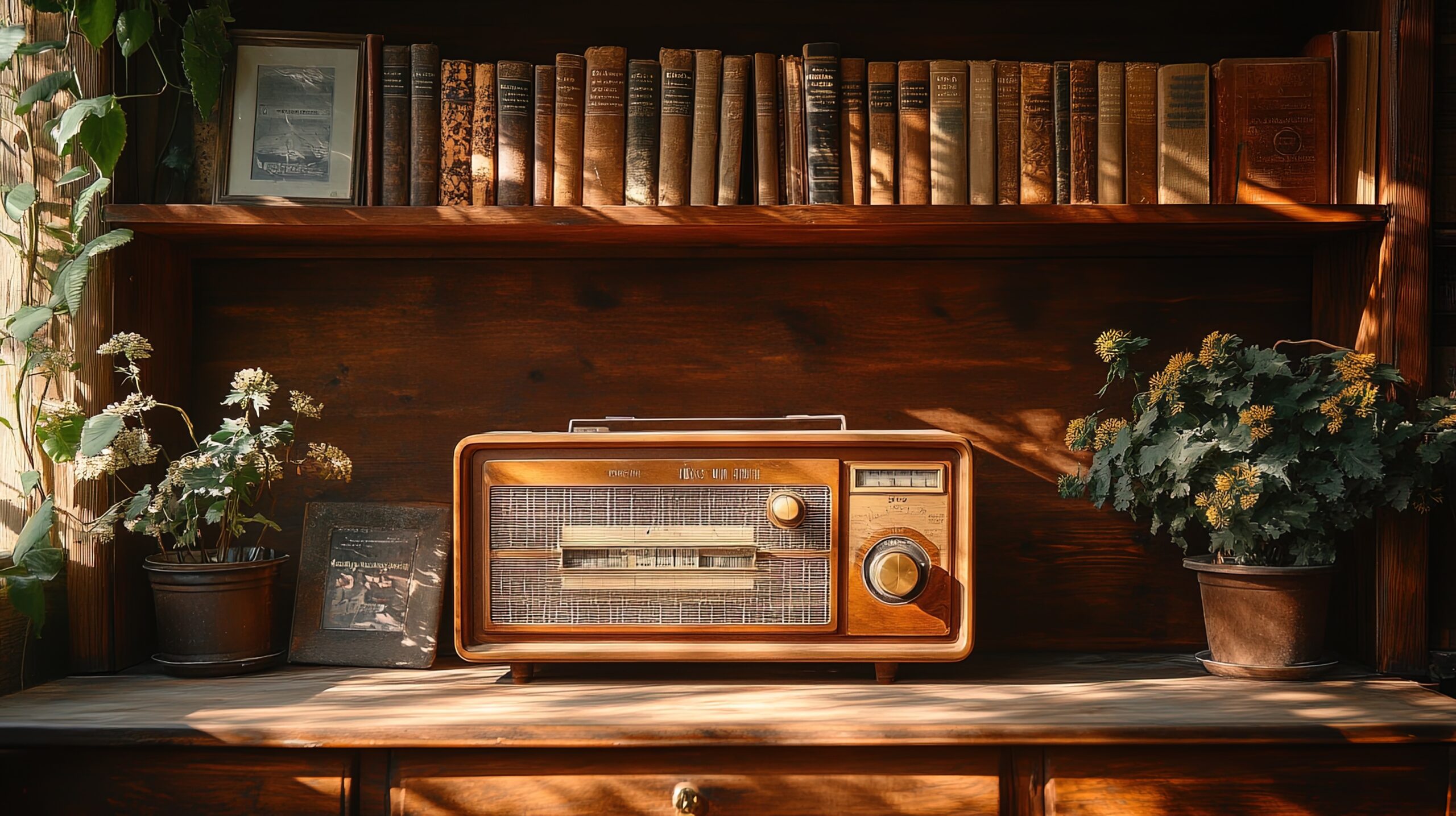Rediscovering the Magic of Analog
As a systems engineer, I spend most of my professional life working on cutting-edge technology—integrating IoT sensors, optimizing embedded firmware, designing control systems, and improving grid reliability with real-time data. My days are full of abstraction: ones and zeros, cloud dashboards, machine learning models, and digital simulation.
But when I need to reconnect with the soul of engineering—when I want to remember why I fell in love with electronics in the first place—I turn off my laptop, pull out my soldering iron, and dive into the world of vintage radios.
Restoring old radios might sound like a hobby stuck in the past, but for me, it’s one of the most mentally refreshing and technically rewarding things I do. These old machines have stories, quirks, and character. And perhaps most importantly, they remind me that at the heart of every great system—digital or analog—is a commitment to craft, clarity, and connection.
Hands-On, Eyes Open
In today’s engineering world, a lot happens behind the screen. We model before we build. We debug remotely. We work with development boards and pre-integrated chips that abstract away the physical details.
Restoring vintage radios forces me to get my hands dirty—literally. These devices are full of components that demand tactile understanding: vacuum tubes, variable capacitors, cloth-insulated wires, hand-wound coils. There’s no IDE to fall back on. If something doesn’t work, you touch it, test it, trace it.
And here’s the thing: when you work with analog circuits, you start to sharpen a different kind of intuition. You begin to feel the rhythm of current flow, the subtle voltage drops, the importance of layout and grounding. These lessons don’t always show up in a textbook, but they absolutely make you a better engineer.
The Engineering Behind the Art
There’s something inherently beautiful about the internal structure of old radios. Every component had a reason for being there. Space was precious, so the design had to be efficient. There were no digital shortcuts—everything was analog, everything was tuned by hand.
What strikes me the most is the deliberate simplicity of these systems. They’re not minimalist in the modern, sleek sense—but they are purposeful, with each stage of the signal path—from antenna to speaker—designed with clarity and function in mind.
As someone who’s spent years troubleshooting overly complex firmware and untangling overengineered PCB layouts, I’ve come to deeply appreciate this level of elegance. In a vintage radio, there’s no code abstraction. The design is the signal, plain and simple.
The Human Side of Circuits
Working on these old radios also reminds me that engineering is emotional. It’s easy to forget that in our world of automated testing and agile sprints. But every time I power up a restored set and hear the warm hum of a distant AM station fading in, I feel something I rarely feel when finishing a firmware update or writing a systems report: joy.
There’s something intimate about bringing an old circuit back to life. These devices once sat on kitchen counters, garage workbenches, and bedroom shelves. They were part of people’s lives. Tuning them in today feels like a form of time travel—an audio bridge between generations.
That sense of connection is why I keep doing it. Not for nostalgia’s sake, but because restoration is a deeply human act. It reminds us that progress doesn’t always mean abandoning the past. Sometimes, it means honoring it.
What Analog Teaches the Digital Age
You might be wondering what restoring a 1940s tabletop radio has to do with building the smart energy systems of tomorrow. Surprisingly, a lot.
When you restore old hardware, you learn to troubleshoot without relying on digital tools. You listen, observe, and hypothesize. You test components one by one. That kind of bottom-up problem-solving is invaluable when debugging embedded systems or tuning control loops. It sharpens your instincts, builds patience, and cultivates a respect for signal flow and physical constraints.
Restoring analog gear also renews your appreciation for reliability and longevity. These radios were built to last—decades, not product cycles. As we move toward more sustainable and repairable design practices in our digital systems, there’s a lot we can learn from that mindset.
Restoring Radios, Recharging Myself
If there’s one thing I’ve learned after years in engineering, it’s that not all progress is linear. Sometimes, looking backward can push you forward. Working on vintage radios gives me clarity when I’m stuck on a complex system. It brings rhythm to my thinking, texture to my skills, and energy to my work.
In a way, these radios are more than just devices—they’re teachers. They’ve shown me how to trust my hands, tune my mind, and reconnect with the reasons I became an engineer in the first place.
So while I’ll always be passionate about smart grids, embedded controls, and sustainable tech, I’ll keep that shelf of dusty old radios in my workshop. Because somewhere between the coils and capacitors, I found a way to balance signal and soul.
